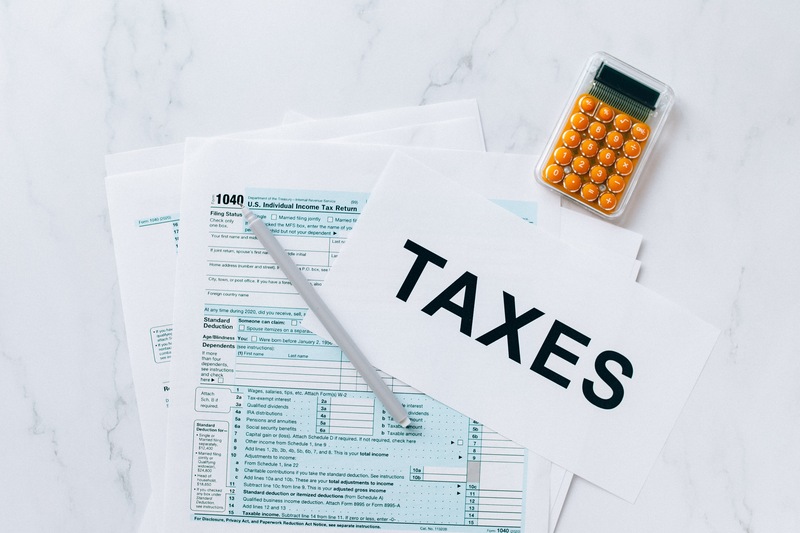Demystifying Capital Gains Tax: Simple Steps to Calculate Your Own
Triston Martin
Oct 17, 2023
Capital Gains Tax (CGT), a topic often met with apprehension, is a tax levied on the profit made from sale of the asset. This could be anything from property, stocks, bonds, or even collectibles. Understanding CGT is crucial for any investor as it directly affects the net profit from sale of asset.
Types of Capital Gains
When it comes to CGT, gains are classified as either short-term or long-term.
Short-term gains
A short-term capital gain refers to the profit from sale of the asset that was held for one year. These gains are generally taxed at your ordinary income tax rate.
Long-term gains
Long-term capital gains, on the other hand, are profits from sale of the asset held for more than one year. The tax rate on these gains is typically lower than the rate on short-term gains, with the aim of encouraging long-term investments.
How Capital Gains Tax is Calculated
The calculation of CGT can be broken down into a few steps:
Calculation of capital gain
The capital gain is the difference between the sale price of the asset and the cost basis. If the sale price is higher, you have a gain; if it's lower, you have a loss.
How to Reduce Capital Gains Tax

Hold Period
The length of time you hold an asset before selling can significantly influence the amount of tax you pay. As mentioned earlier, assets held for over a year are subject to long-term capital gains tax, which is typically lower than short-term. So, a simple way to reduce your CGT liability is to hold on to your investments for at least one year.
Investing in Tax-Advantaged Accounts
Tax-advantaged accounts like IRAs and 401(k) can be a great way to save for retirement while also reducing your tax liability. Investments in these accounts grow tax-free or tax-deferred, meaning you won't owe capital gains tax upon selling an investment within these accounts.
Remember, while these strategies can provide tax relief, they should not be executed without considering the overall investment strategy. Always consult with a tax advisor or financial planner before making investment decisions.
Real-Life Examples of Capital Gains Tax Calculations
Let's look at a couple of examples to understand how CGT works in practice.
Case study 1: Selling a short-term investment
Assume John bought 50 shares of XYZ Corporation at $20 per share a year ago. His total investment cost (cost basis) is $1,000 (50 shares * $20/share). Recently, XYZ Corporation's share price reached $30, and John decided to sell all his shares. He received $1,500 (50 shares * $30/share) from the sale.
The capital gain from this sale is the difference between the sale price and the cost basis. In this case, it's $500 ($1,500 - $1,000). Since John held the shares for less than a year, this is considered a short-term capital gain.
Assuming John is in the 22% tax bracket, his short-term capital gains tax could be calculated as 22% of $500, which is $110. This means John will owe $110 to the IRS from this transaction. Note that the tax rates can vary based on the individual's income and filing status, so it's always a good idea to consult with a tax advisor.
Case study 2: Selling a long-term investment
Suppose Jane purchased 100 shares of ABC Company at $40 per share two years ago. Her total investment (cost basis) comes to $4,000 (100 shares * $40/share). Recently, ABC Company's share price skyrocketed to $70 per share and Jane decided to sell all her shares. She received $7,000 (100 shares * $70/share) from the sale.
The capital gain from this sale is the difference between the selling price and the cost basis. In Jane's case, it's $3,000 ($7,000 - $4,000). Since Jane held the shares for more than a year, this is considered a long-term capital gain.
Assuming Jane's income places her in the 15% tax bracket for long-term capital gains, her tax could be calculated as 15% of $3,000, which equals $450. This implies that Jane will owe $450 to the IRS from this transaction. It's important to remember that tax rates can vary based on the individual's income and filing status, so consulting with a tax advisor is always recommended.
Conclusion
In conclusion, understanding and calculating CGT is an essential part of financial planning for any investor. Although it can initially seem daunting, by breaking it down into the cost basis, gain calculation, and understanding the tax rates, it becomes much more manageable. However, given the complexities and potential for changes to tax rates and rules, it's always advisable to consult with a tax advisor.
FAQs
What capital gains are exempt?
Certain capital gains are exempt from taxation. For instance, in the United States, the sale of your primary home can be exempt from capital gains tax, up to a limit of $250,000 for single filers or $500,000 for joint filers, provided you meet certain conditions, known as the "2 out of 5 year rule." Additionally, investments in certain small businesses, called Qualified Small Business Stock (QSBS), might also be exempt if held for at least five years.
What kind of capital gains are taxable?
Almost all capital gains are taxable. This includes gains from the sale of stocks, bonds, real estate, and other assets. The rate at which these gains are taxed depends on how long you held the asset before selling. If the asset was held for less than a year, the gain is considered short-term and is taxed at your ordinary income tax rate. If held for more than a year, it's considered a long-term gain and is taxed at a lower rate, ranging from 0% to 20%.
What is the 2 out of 5 year rule?
The "2 out of 5 year rule" is a tax rule related to the sale of your primary residence. According to this rule, you can exclude up to $250,000 ($500,000 for joint filers) of the capital gain from the sale of your home from your income, thus not paying capital gains tax on it, as long as you've lived in the home for at least 2 years out of the last 5 before the sale. If you don't meet these living requirements, you might have to pay capital gains tax on the profit from selling your home.







